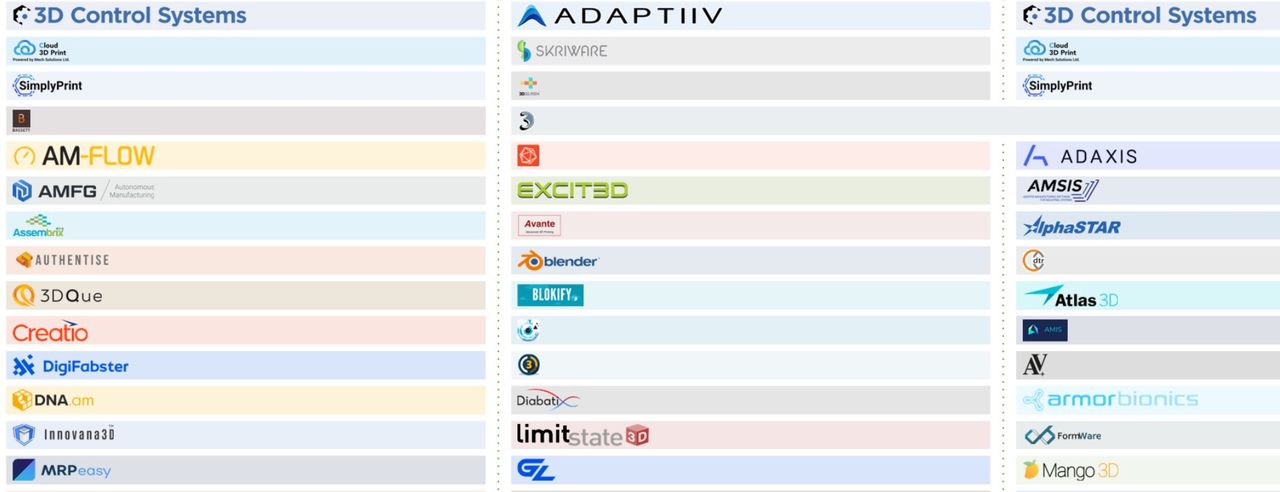
AMPOWER has released their additive manufacturing charts once again.
The German firm has provided expert consulting services to the additive manufacturing industry since 2017, and their practice enables them to gain a wide perspective on the industry.
They’ve taken this knowledge and encapsulated it into a series of infographics that detail the current state of the additive manufacturing industry, both hardware and associated services. AMPOWER has published a version of these infographics annually, and sometimes hands out poster-sized printouts of them at major 3D print events.
This year they have provided four infographics to cover the four major areas of the industry:
- Polymer technologies
- Metal technologies
- Ceramic technologies
- Software & services
Each of the three technology charts follows the same format: the material is divided into the fundamental processes, and then each of those is associated with specific companies providing that process. For example, Stratasys is listed under the “Filament Material Extrusion” category. However, since Stratasys provides several other 3D print processes, they also appear in the Material Jetting, Vat Polymerization, and Area-Wise Vat Polymerization categories. You get the idea.
There’s a staggering number of companies on these charts, indicating the overall success of the technologies in the past decade or two. Here are the statistics to give you an idea of the comprehensiveness of these infographics:
- Polymer: 17 technologies; 324 suppliers
- Metal: 20 technologies; 197 suppliers
- Ceramic: 12 technologies; 67 suppliers
On the software side, AMPOWER has divided the 125 suppliers into seven categories:
- Part Identification (Screening)
- Production Planning
- AM Design and Optimization
- Data Preparation
- Process Simulation
- Process Monitoring and Analytics
- Peripheral Services

Machine manufacturers don’t appear on the software list, but you’ll see many familiar names, including Authentise, 3D Control Systems, OQTON, 3DQUE, Ulendo, AM-FLOW, and many more. These companies provide services that fill the process gaps when using additive manufacturing equipment, and it’s very likely every additive manufacturing operation uses at least several of them.
How do you use these charts? Aside from general interest, they can be quite useful if searching for alternative providers for a specific function. The infographics are quite comprehensive, and it should be easy to generate a short list of alternatives to investigate if required.
The infographics are free for download at AMPOWER’s website.
Via AMPOWER (Hat tip to Benjamin)
